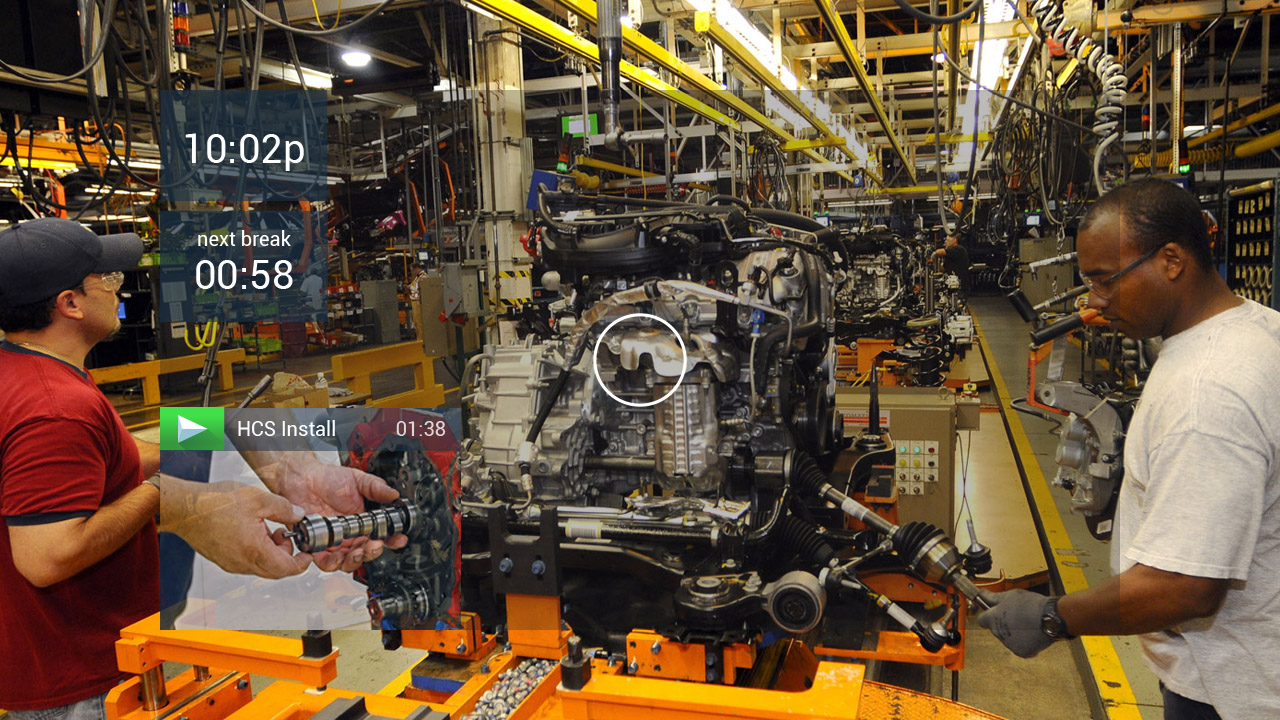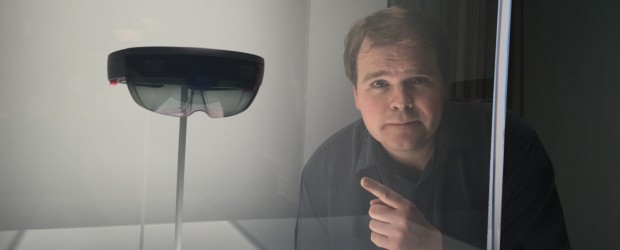When we last saw APX Labs, the Herndon, Virginia-based startup partnered with Canadian wearables manufacturer Recon Instruments to manufacture smart glasses.
This time, the company, which specializes in making business software for wearable devices, is releasing the latest iteration of its flagship product, one that will eventually support a large portion if not the majority of wearable devices.

APX Labs Skylight R5 showing its “video help” functionality
For the uninitiated, APX’ Skylight software is primarily aimed at the manufacturing and trades industries, although the company says that applications go beyond the two sectors. The developer incorporates the capabilities of wearables, such as augmented reality in the case of smart glasses, cameras, and other sensors to enhance productivity through hands-free instruction, real-time data and workflow-oriented features.
Skylight R5, released today, incorporates new capabilities including voice command, a new work management system called Workstreams, Active Directory authentication and improvements to photo capturing resolutions. Most significant, however, is that the new release brings the platform to new devices, including smart watches.
“We adapt to the device that a company is using,” said Ed English, chief product officer at APX Labs. With the new release, he explained, Skylight is able to detect the type of device it is being installed on, be it smart glasses, a smartwatch or even a smartphone. The same functionality is available on all devices, albeit with a different layout.
English listed several devices that the software runs on, including hardware from five smart glasses manufacturers including Google, Vuzix, Sony, Epson, and Recon Instruments, as well as LG Urbane smartwatches, and other Android Wear devices. While the software is being released first for Android, there is a port in the works for iOS, not to mention APX is also eyeing Microsoft’s HoloLens.
The usefulness of Skylight seems evident even if its initial investment does not.
English described various scenarios including auto manufacturing line workers seeing a list of instructions or tasks to complete in their visor, without having to turn to a separate screen. In another scenario, a worker is able to view a video or live feed of a step by step process, or a supervisor can look through a visor’s camera in real time, allowing for experts to help remotely.
Voice commands and gestures, if they work as intended, would free up the need for workers to free their hands of the work at hand to scroll through pages on a monitor.
These utilities alone, English insisted, will make the technology worth it.
“Improving the quality of the work even by a small percentage point will see a big improvements,” English said. “The ROI versus the cost of implementation is a no-brainer.”
For the channel, there is even the option of reselling the complete hardware/software solution, or the standalone software, or for system integrators to help implement the solution.
“Skylight de-risks the whole idea of wearables for the enterprise,” English said. “We think it’s the killer app for wearables.”





